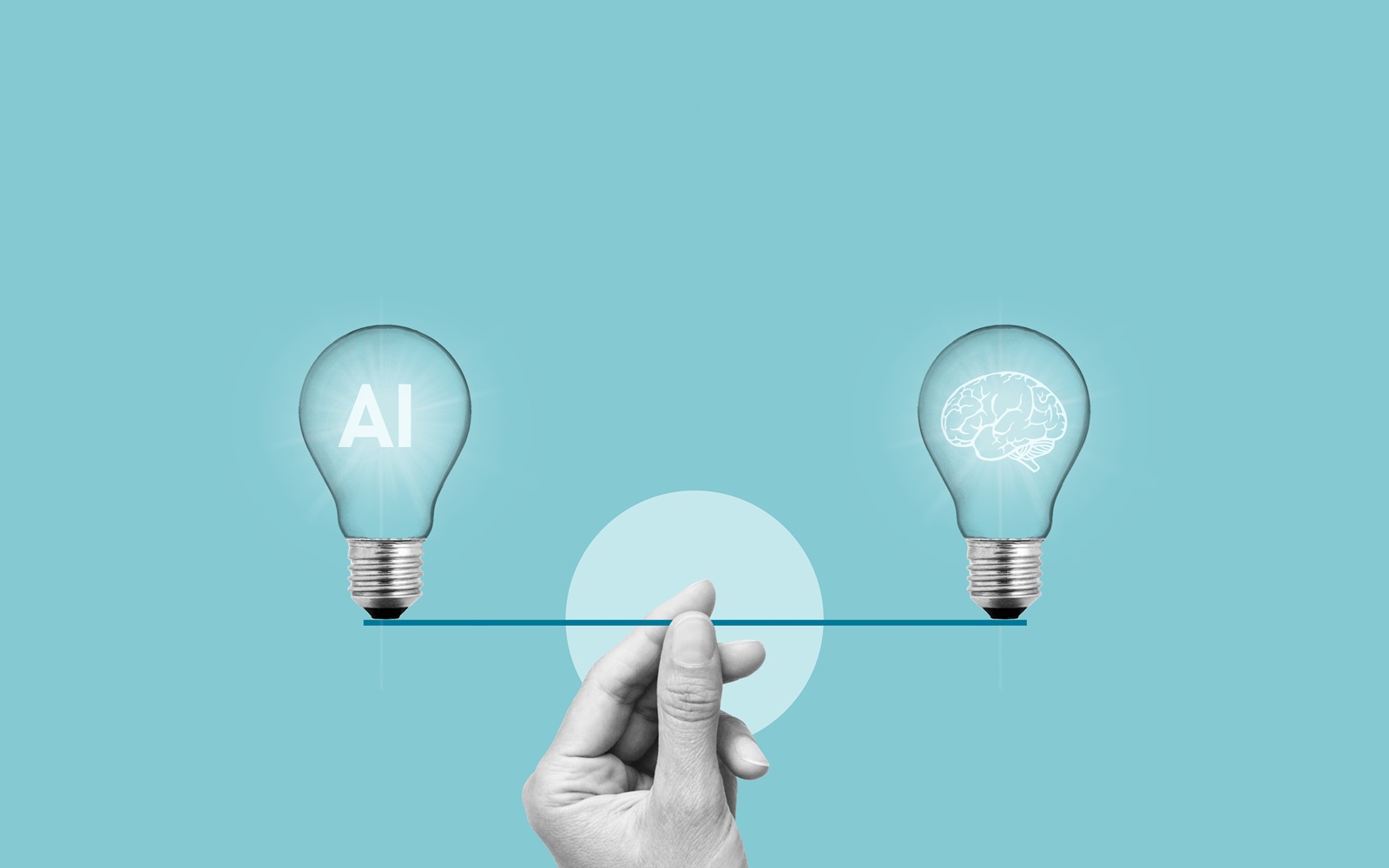Ironically, the better AI becomes, the faster its training ground erodes — a kind of data cannibalism.
In recent years, the AI community has relied heavily on vast amounts of publicly available developer-generated content to train large language models (LLMs). However, emerging evidence suggests that key sources of such data, like Stack Overflow, are experiencing a notable decline in new content contributions — a trend amplified by global events and technological shifts.
Declining Developer Contributions: What the Numbers Say
Stack Overflow, the largest Q&A platform for developers, has long been a goldmine of knowledge and a vital training source for AI models. Yet, data from Stack Overflow Developer Surveys reveal a downward trend in the number of new questions and answers over the past few years:
- From 2019 to 2023, the annual volume of new questions posted decreased by approximately 15%.
- During the 2020 COVID-19 pandemic, activity dropped sharply — new posts fell by nearly 20% compared to pre-pandemic levels.
- The 2023 launch and popularization of AI tools like ChatGPT correlated with a further 25% reduction in new developer-generated content.
This decline poses a critical challenge: AI models trained on historical data risk becoming outdated or less effective if fresh, real-world content is no longer generated at scale.
Why Are Contributions Declining?
Several factors contribute to this trend:
- Changing developer habits: With AI-assisted coding tools (e.g., GitHub Copilot, ChatGPT), many developers now solve problems directly through AI suggestions instead of searching or posting questions online.
- Burnout and shifts in work culture: The pandemic brought increased stress and workload changes, reducing community participation.
- Content saturation: Many fundamental questions have already been asked and answered, making new contributions harder to generate.
Implications for AI Training and Model Quality
Training data scarcity can impact AI models in several ways:
- Decreased novelty and diversity: Models may struggle with emerging technologies, frameworks, or edge cases not covered in older data.
- Overfitting to outdated patterns: Without fresh data, models risk perpetuating obsolete coding practices.
- Ethical and fairness risks: Biases present in older datasets remain unchallenged and uncorrected.
Possible Solutions to the Training Data Dilemma
To address these challenges, researchers and practitioners are exploring multiple avenues:
- Active data curation: Curate and incorporate newer, high-quality data sources such as GitHub discussions, developer blogs, and official documentation updates.
- Collaborative data generation: Incentivize developers and organizations to contribute fresh datasets, possibly through open-source initiatives or community grants.
- Synthetic data generation: Use AI models themselves to generate diverse, plausible training examples that can supplement real data.
- Continuous learning: Implement systems that allow models to learn incrementally from new data streams, adapting to the latest developments in real time.
- Hybrid human-AI workflows: Combine AI suggestions with expert human review to maintain accuracy and relevance.
Looking Ahead
The decline in organic developer content challenges the core assumption behind many AI models: a constant, abundant flow of fresh, diverse data. Without action, AI risks becoming a game of repeating the past rather than innovating the future. Success lies in blending human creativity with AI's efficiency, innovating not just algorithms but also data strategies — ensuring the AI ecosystem continues to grow, evolve, and serve real-world needs.
Further Reading & Sources
Image credit: Jack_the_sparow – Shutterstock

